When a yeast infection develops in the mouth, oral thrush occurs. Oral thrush is also known as oral candidiasis. In this condition, the fungus Candida albicans builds up on the mouth’s lining and develops the infection. Candida is a typical oral microorganism, although it can sometimes overgrow and cause infection (1).
Oral thrush manifests as white, creamy sores on the tongue or inner cheeks. Occasionally, oral thrush can spread to the palate, the gums, the tonsils, or the back of the throat. Usually, the infection is minor and rarely causes major complications. However, in those with compromised immune systems, it can spread to other body regions and create potentially life-threatening consequences (2).
Oral thrush can affect anybody, although it is more common in infants and older individuals due to weakened immune systems. It can also impact other people with immunological suppression or certain health problems, while those on certain medications can develop a severe infection. You need to be aware of it, no matter who you are, so this blog will help you be more informed about oral thrush.
The Causes of Oral Thrush
An important thing to understand about oral thrush is that it can usually be traced to a few main causes. First, although Candida albicans is naturally present in the mouth under normal conditions, the immune system can keep it under control. However, the fungus can flourish when the body’s natural immunity is compromised (3).
Oral candidiasis does not proliferate or increase rapidly. Instead, it is characterized by the appearance of creamy white plaques that may bleed slightly due to tissue injury beneath these lesions. When the disease weakens the immune system, plaques grow quickly and spread to all mouth parts (4).
Diabetes can also lead to oral candidiasis. Uncontrolled diabetes impairs the immune system and increases blood glucose levels. This offers favorable conditions for the growth of Candida albicans (5).
You may also get an excess of Candida albicans that causes oral thrush if you use antibiotics or other drugs that limit the number of beneficial bacteria in the body.
Symptoms of Oral Thrush
In its early stages, oral candidiasis may not manifest any symptoms. However, if the infection worsens, one or more of these subsequent symptoms may emerge:
- Yellow or white patches on your tongue, inner cheeks, tonsils, gums, and lips.
- Bleeding from the scraped bumps or lesions.
- Discomfort in your mouth.
- Burning sensation in your mouth.
- Dry and cracked skin at the corners of your mouth.
- Cotton-like sensation in your mouth.
- Difficulty in swallowing.
- Redness and soreness cause difficulty in eating.
- Foul taste in your mouth.
- Loss of taste.
- Irritation and pain in dentures.
Keep track of these symptoms, and especially if you start to notice multiple of them, it is a good time to discuss treatment options.
Treatment of Oral Thrush
The treatment of oral thrush depends partially on finding and resolving the infection’s causes. For example, a patient who smokes should cease, whereas one who uses antibiotics is urged to continue their therapy.
A person with diabetes may need to contact their primary healthcare provider to assess whether their condition is appropriately managed. In the case of badly-fitting dentures, they should be changed.
In addition to these measures, healthcare providers may prescribe an antifungal drug such as Nystatin or Mycostatin to treat the disease. These treatments come as a mouth rinse or lozenges for moderate infections, but more severe cases might require stronger prescriptions like Fluconazole, Diflucan, and Sporanox.
Healthy Habits to Prevent Oral Thrush
Keeping the immune system strong is vital to avoiding infections of all types, so the best strategy to avoid thrush is to take care of the entire body’s general health. In addition, numerous activities may be performed to avoid the proliferation of fungus that is naturally prevalent in the oral cavity (6).
1. Keeping proper oral hygiene
Proper daily hygiene is fundamental for avoiding the most painful tooth diseases. Brush and floss your teeth at least twice a day, as well as after ingesting sugary food or drinks. In addition, brushing properly after every meal is necessary to eliminate food debris that offers a good setting for the growth of microorganisms, including fungus and bacteria responsible for dental plaque (7).
2. Using a low-sugar diet
Another beneficial approach for treating oral candidiasis is reducing the number of sweets consumed regularly. When dealing with individuals who have diabetes, it is necessary to maintain control over glucose levels in the blood through a combination of pharmaceutical therapy and food.
3. Maintaining Proper Nutrition
It is essential to abstain from consuming alcoholic beverages and foods heavy in refined carbohydrates and sugar. Eliminating sugar from your diet first is the best place to start since yeast thrives on sugar. Sugar is found in various foods, including candies, teas, desserts, alcoholic beverages, flours, and sauces. Because complex carbohydrates like beans, grains, fruit, bread, pasta, and potatoes nourish yeast, you should reduce the quantity of these foods in your diet.
4. Following a Healthy Diet
A healthy diet helps to prevent all sorts of yeast infections. It prevents its proliferation. A healthy diet’s goal is to starve the yeast. You can eliminate oral yeast infections by increasing your consumption of green vegetables, eggs, nuts, seeds, olive oil, and other healthy fats like coconut oil and olive oil. Adding foods that include high-quality proteins, such as organic chicken, turkey, grass-fed beef and wild salmon, into your lifestyle might be another fantastic way to get more healthy food into your diet (8).
Adding raw garlic and onions to your diet is beneficial to your lifestyle. In addition, the use of fermented foods like yogurt and pickles is also recommended as a healthy food for yeast infection prevention.
5. Getting well-fitted dentures
Denture wearers have a significantly increased likelihood of having oral candidiasis thrush, particularly if the individual does not keep their dentures clean, if they possess dentures that do not fit correctly, or if the individual does not remove their dentures before going to sleep.
Oral thrush, mouth abscesses, gum disease, jaw discomfort, and headaches are some of the issues caused by dentures that do not fit properly (9). Loose dentures provide the ideal environment for food debris and bacterial growth because they provide an excellent hiding spot. Healthcare providers and dentists often recommend dentures that fit well and are the right size to avoid further problems.
6. Trying home remedies for oral hygiene
Denture wearers have a significantly increased likelihood of having oral candidiasis thrush, particularly if the individual does not keep their dentures clean, if they possess dentures that do not fit correctly, or if the individual does not remove their dentures before going to sleep.
Oral thrush, mouth abscesses, gum disease, jaw discomfort, and headaches are some of the issues caused by dentures that do not fit properly (9). Loose dentures provide the ideal environment for food debris and bacterial growth because they provide an excellent hiding spot. Therefore, healthcare providers and dentists often recommend dentures that fit well and are the right size to avoid further problems.
Oral thrush may be treated well, and its recurrence can be prevented by adjusting your lifestyle and using home treatments, which your healthcare provider may suggest.
Maintaining a high standard of oral cleanliness is essential during the healing process. Here are some pointers to consider:
- When you brush your teeth, use a soft toothbrush so you won’t irritate the lumps on your gums that are produced by thrush.
- To reduce the likelihood of getting oral thrush again once your treatment for the condition is complete, you should switch to a new toothbrush and ensure that any dentures you wear are thoroughly cleaned.
- Mouth sprays and mouthwashes should be avoided unless specifically prescribed by your dentist.
Adults with thrush may also relieve their symptoms with some home treatments. To give just one example, you may try rinsing your mouth with any of the following:
- A mixture of baking soda and water, often known as saltwater.
- Apple cider vinegar and a combination of water.
- A combination of water and lemon juice.
- Lemon juice and apple cider vinegar.
Eating yogurt loaded with good bacteria or taking a pill containing probiotics might also be of assistance (10). However, before feeding a newborn any kind of supplement, it is important to consult a healthcare specialist.
In general, following healthy habits such as getting adequate rest, eating a nutritious diet, and practising good hygiene will assist in lowering the likelihood that you will suffer from any type of yeast infection. If you get Candida thrush infections on a regular basis, you should discuss other potential triggers with your healthcare provider. Hopefully, this blog has given you a good picture of the risks that come with oral thrush, and you can begin to eat right and watch out for this infection in the future. Find out more about oral yeast infections here.
About The Author:
Dan Jackowiak, Nc, HHP, is the Founder of Yeast Infection Advisor. Dan is a Holistic Healthcare Practitioner and nutritional consultant who suffered from yeast and bad bacterial overgrowth of the gut for most of his life. The information on his website is a combination of his own nutrition and holistic training, life experiences, collaboration with fellow experts on his team, and over 18 years of studying medical research on candida yeasts infections of all types, which has allowed him to take his life and health back help others overcome yeast-related health problems and digestive problems of all kinds.
References:
- Oral candidiasis_ An overview – PMC.
- Vila T, Sultan AS, Montelongo-Jauregui D, Jabra-Rizk MA. Oral candidiasis: A disease of opportunity. Vol. 6, Journal of Fungi. 2020.
- Patil S, Majumdar B, Sarode SC, Sarode GS, Awan KH. Oropharyngeal candidosis in HIV-infected patients-an update. Vol. 9, Frontiers in Microbiology. 2018.
- Patil S, Rao RS, Majumdar B, Anil S. Clinical appearance of oral Candida infection and therapeutic strategies. Vol. 6, Frontiers in Microbiology. 2015.
- Dis CI. Candida sp. 2011. p. 1–6.
- Lewis MAO, Williams DW. Diagnosis and management of oral candidosis. Vol. 223, British Dental Journal. 2017. p. 675–81.
- Garcia-Cuesta C, Sarrion-Pérez MG, Bagán J V. Current treatment of oral candidiasis: A literature review. Vol. 6, Journal of Clinical and Experimental Dentistry. 2014. p. e576–82.
- Lu M, Xuan S, Wang Z. Oral microbiota: A new view of body health. Vol. 8, Food Science and Human Wellness. 2019. p. 8–15.
- Gacon I, Loster JE, Wieczorek A. Relationship between oral hygiene and fungal growth in patients: Users of an acrylic denture without signs of inflammatory process. Vol. 14, Clinical Interventions in Aging. 2019. p. 1297–302.
- Ohshima T, Kojima Y, Seneviratne CJ, Maeda N. Therapeutic application of synbiotics, a fusion of probiotics and prebiotics, and biogenics as a new concept for oral Candida infections: A mini review. Vol. 7, Frontiers in Microbiology. 2016.
Source Links:
https://www.ncbi.nlm.nih.gov/pmc/articles/PMC4211245/
https://www.ncbi.nlm.nih.gov/pmc/articles/PMC7151112/
https://pubmed.ncbi.nlm.nih.gov/29867882/
https://pubmed.ncbi.nlm.nih.gov/26733948/
https://www.ncbi.nlm.nih.gov/pmc/articles/PMC6352194/
https://pubmed.ncbi.nlm.nih.gov/29123282/
https://www.ncbi.nlm.nih.gov/pmc/articles/PMC4312689/
https://www.sciencedirect.com/science/article/pii/S2213453018301642
https://www.ncbi.nlm.nih.gov/pmc/articles/PMC6643491/
https://www.ncbi.nlm.nih.gov/pmc/articles/PMC4724717/
This article is published by our independent team of health and wellness pundits that publish original and informative content to empower readers to take charge of their health and embark on a physically, mentally, and emotionally balanced lifestyle.

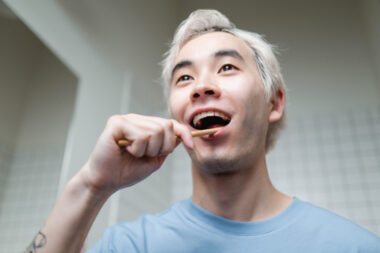








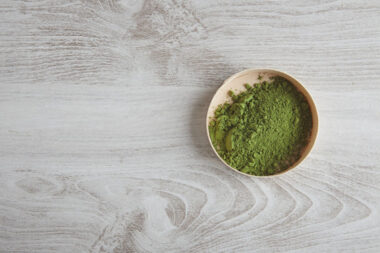






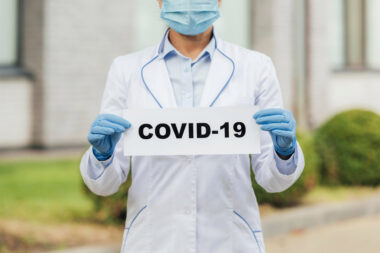







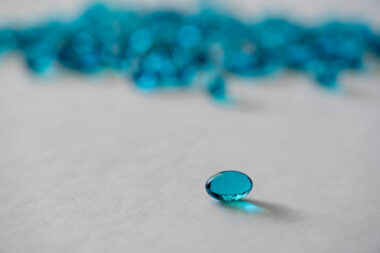



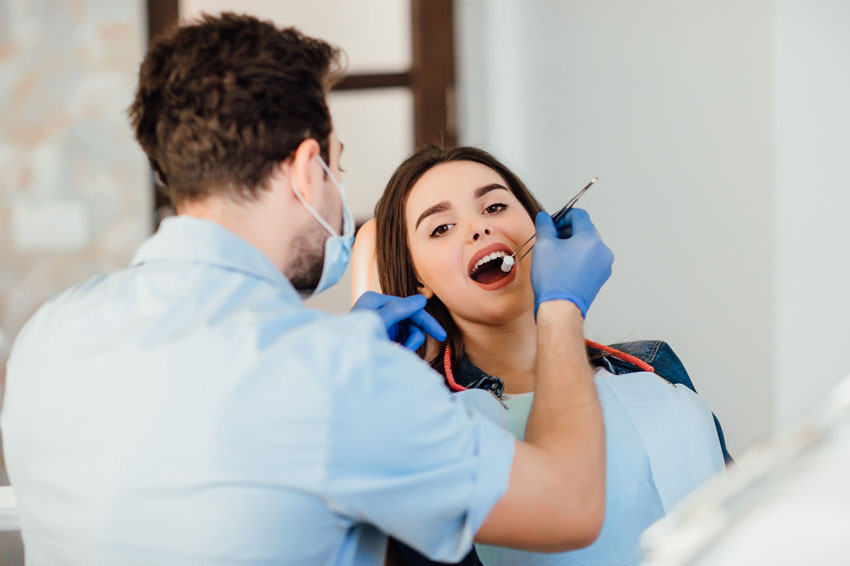









Leave a Reply